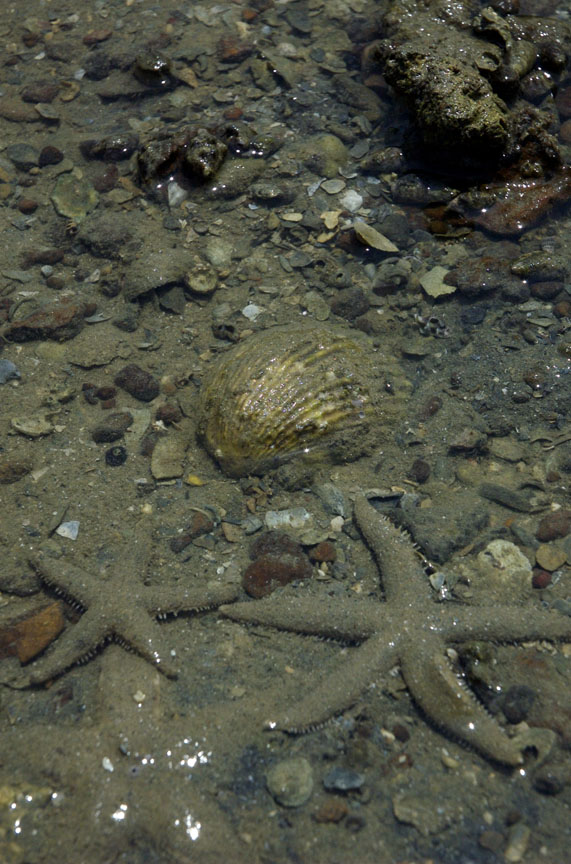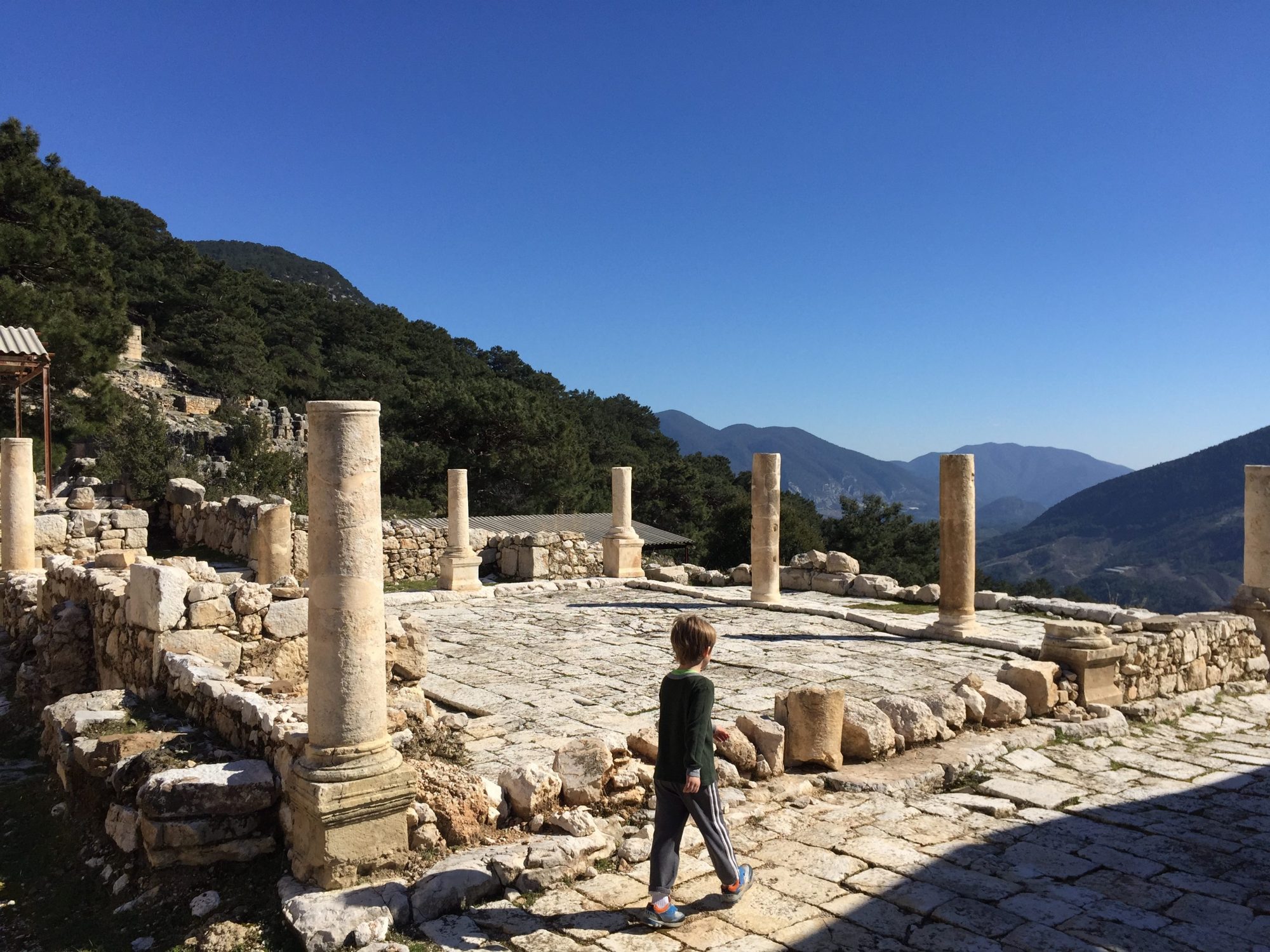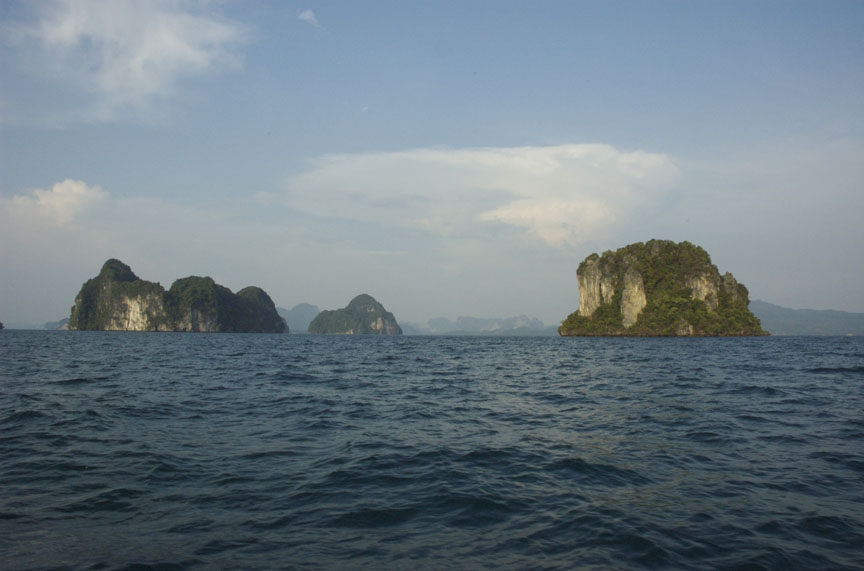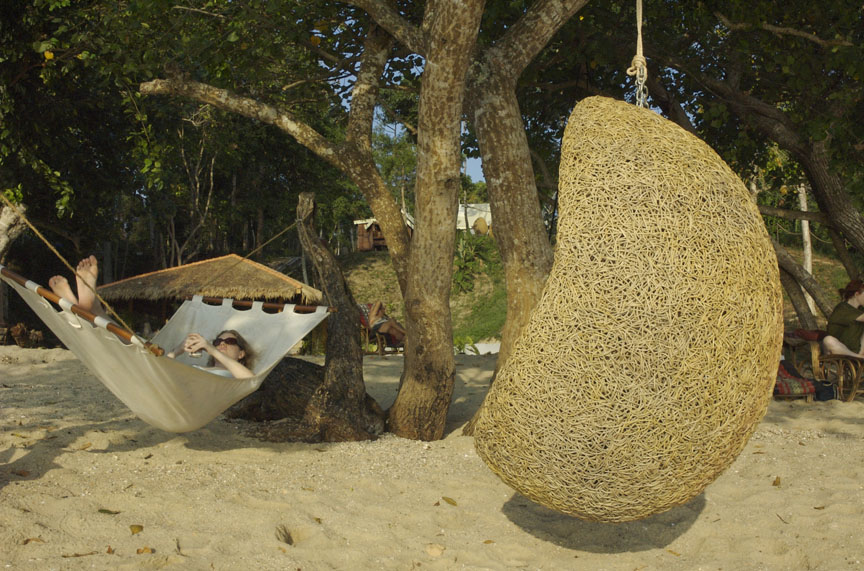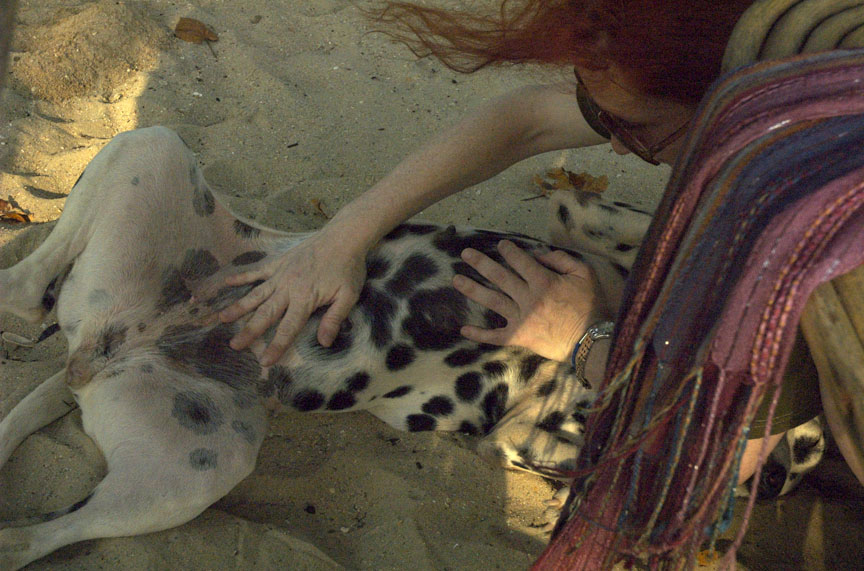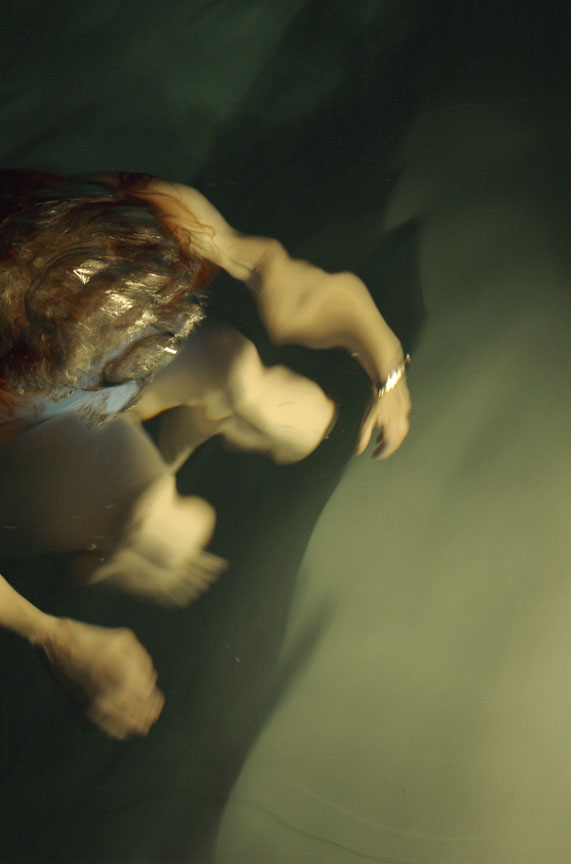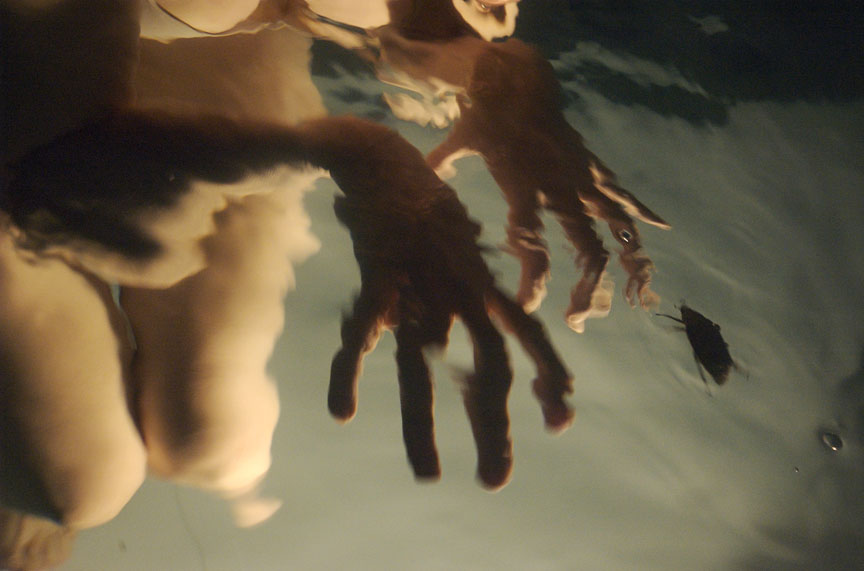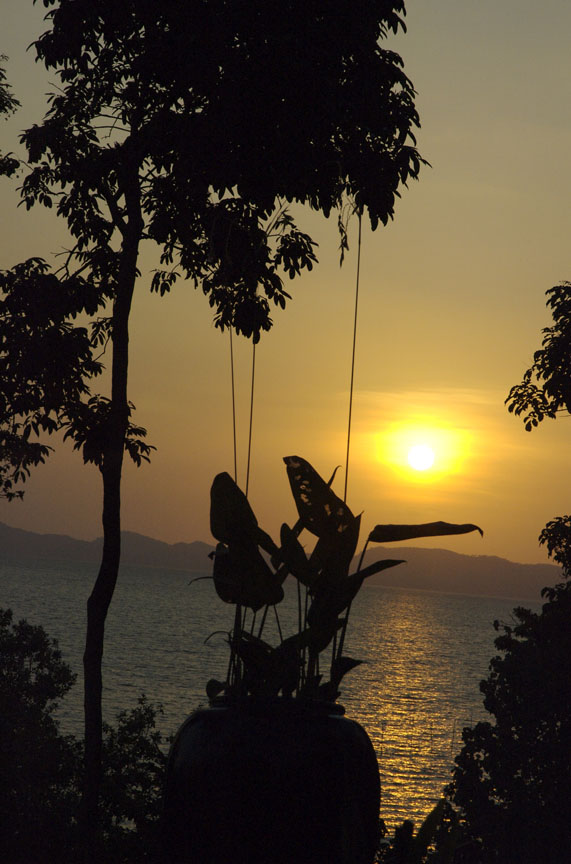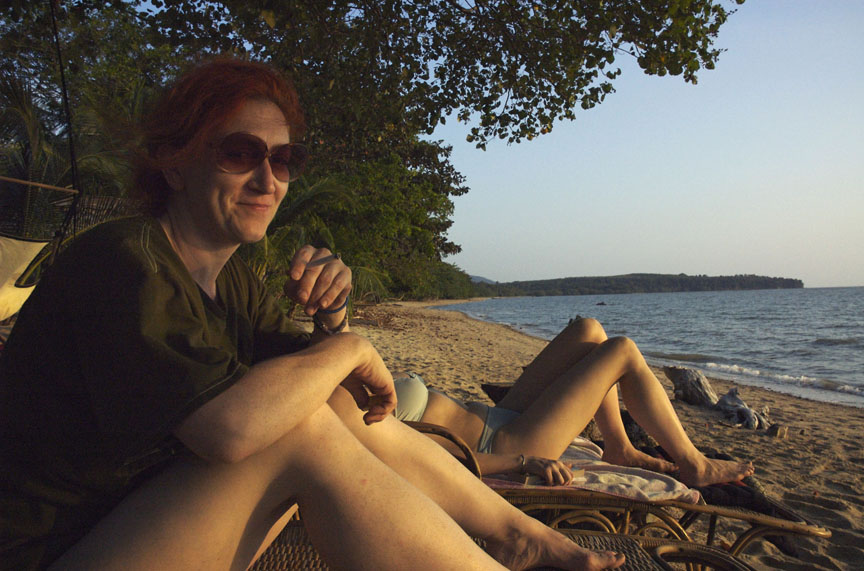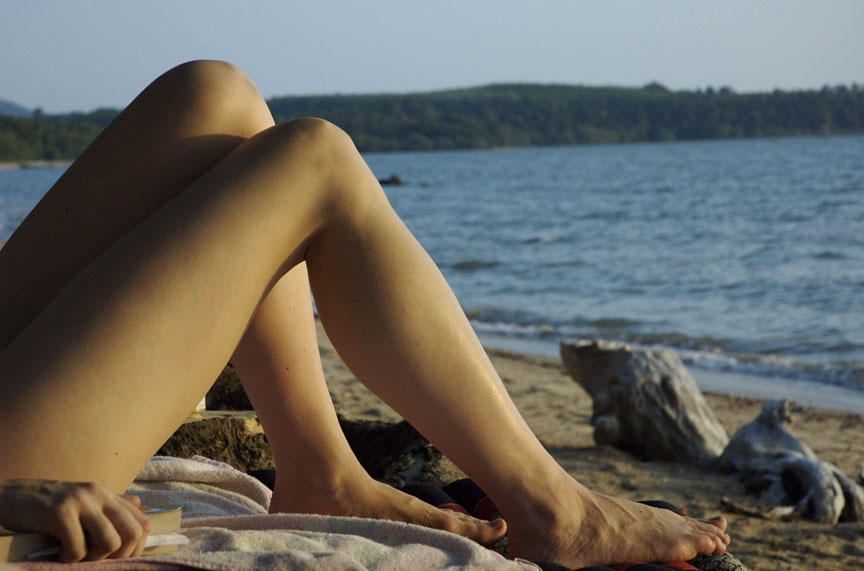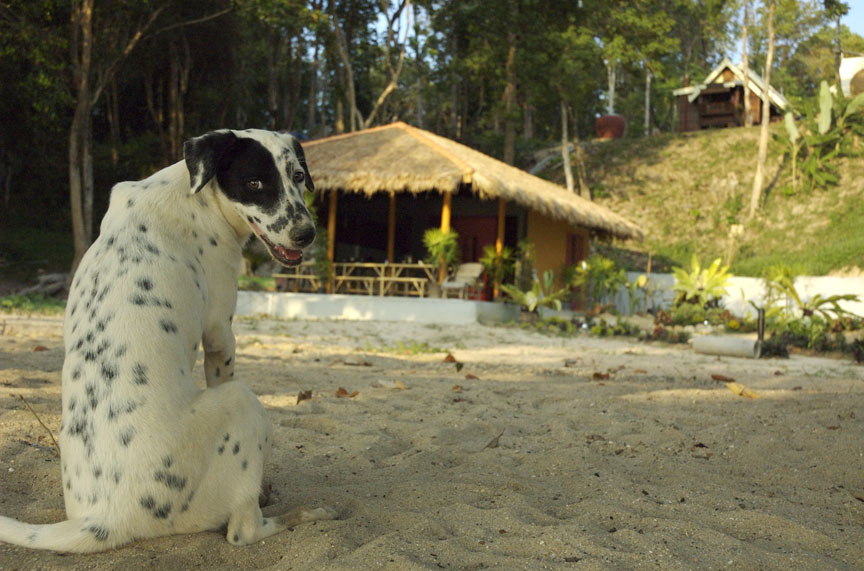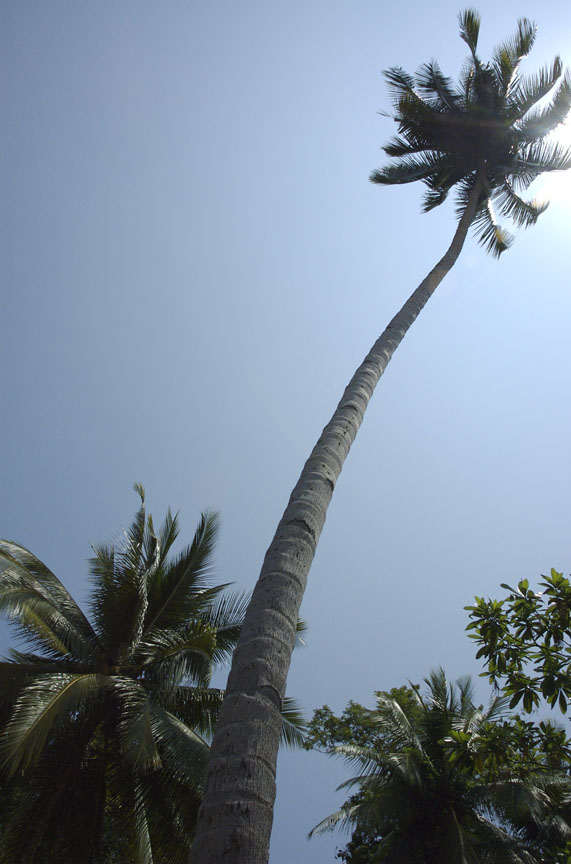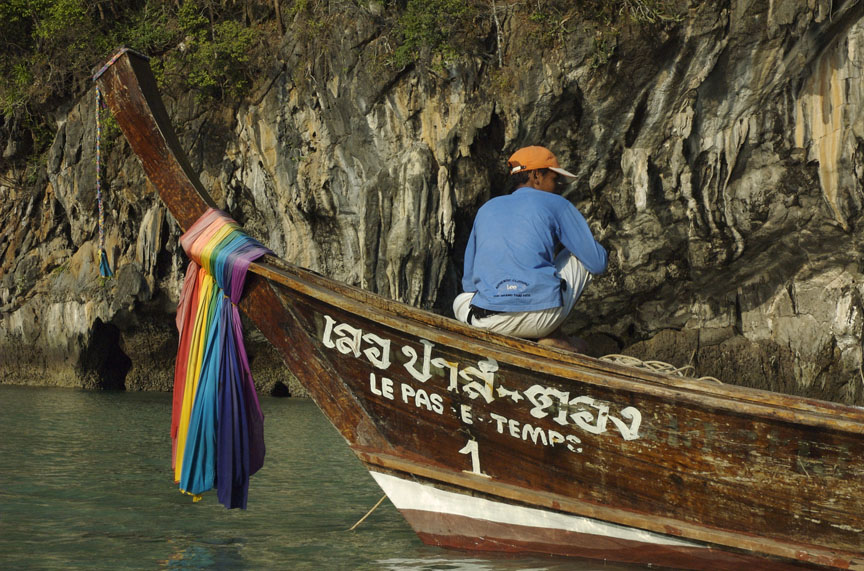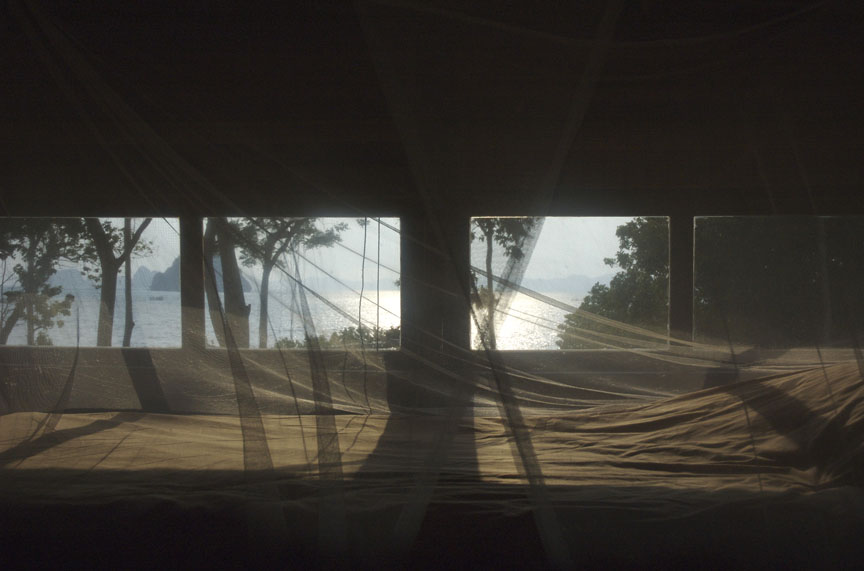My days in leafy Hanoi – a drizzly, unphotogenic place in early March – were spent rooting around in its past reporting on an enormous archaeological site right across from where Ho Chi Minh rests in pickled perpetuity (against his wishes, I might add; he wanted to be cremated). When it appears in print, you’ll find a link in the Articles section of this website.
The site is near the Lenin Monument.
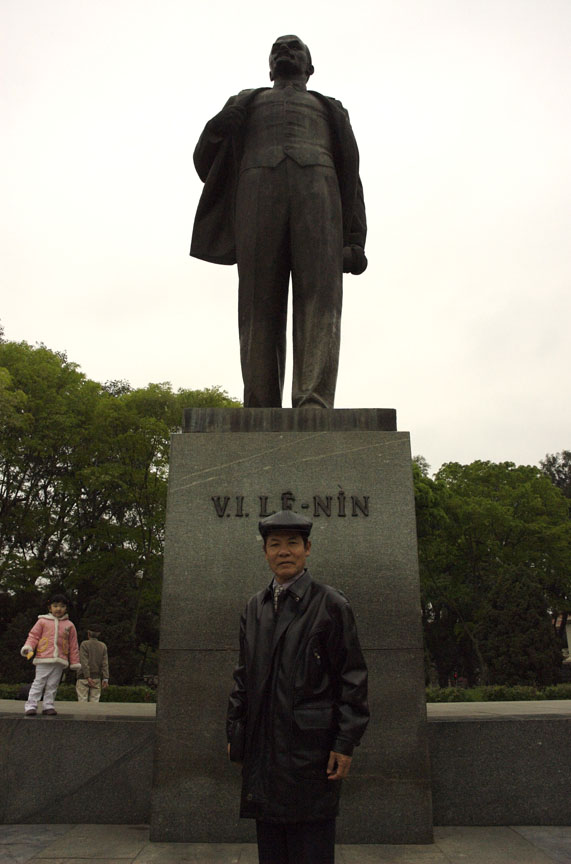
The site is the original royal fortress of the Great Viet empire, which ruled Vietnam from Hanoi beginning in A.D. 1010 for nearly 900 years. The city was then called Thang Long, a name you still sometimes see on banners or advertisements around town. It means “ascending dragon,” which the king who built it claimed he saw emerge from the Red River. I saw gorgeous five-toed dragons and coil-tongued phoenixes rendered in terracotta and ceramic, artifacts in such amazing condition that it was hard to believe the artists who made them had been dead for centuries.
If the Ascending Dragon was the honorary beast of my days, my creature of the night was the Descending Chicken.
You see, I was quite the social butterfly in Hanoi, thanks to Hospitality Club, the network of travelers and hosts I’ve mentioned before. I’ve come to rely on HC more than I thought I would. Every place I’ve been, the people I’ve met have given me access to their lives, perspectives, and hometowns that I never could have experienced otherwise.
Case in point was Yen, a manager at a garment company who replied to my email almost immediately, with proper nouns in ALL CAPS, which seemed fitting, considering the level of noise in HANOI. She offered to pick me up at my hotel, the Lotus Guesthouse in the French Quarter, and bring me to her home across the Red River to have dinner and stay overnight. I wrote back happily accepting the invitation, but I wondered how we would recognize each other.
“I am very fat and short,” she replied. “I go by motorcycle in pink color.”
She was not so fat, but she was short, and the bike was a nifty rose-pink Honda. We joined the traffic, one of the tens of thousands of motorbikes on the Hanoi streets. There are comparatively few cars – so few, in fact, that my first night in the city, I was sure a festival or a parade was going on, some sort of two-wheeled motorcade I was never quite catching the front of. But it was just the everyday glut of machines.
As we blew over the Red River across the Chuong Duong Bridge – however short and fat and pink-biked, Yen was a speed demon – I couldn’t stop grinning. The motorbike was noisy, but it was so much fun. Over the next week, I would wind up hopping on motorbike taxis to get around the city.
Her boys, six and twelve, were sweet, making fun of my foreigner ways only a bit. Like most Vietnamese, her husband was a huge soccer fan, and was dressed in the athletic gear to match. We dug into noodles and pickled cabbage, rice, nem – meaty spring rolls – chicken wings, and steamed prawns. I didn’t know how to politely dispense with the prawn heads. I know I’m supposed to be testing my boundaries and all, but I’m not eating eyeballs. It’s just not happening.
I buried the noggins under my rice, hoping I wasn’t being rude.
Yen, her younger son, Dui, and I took an after-dinner walk through her neighborhood with the loose goal of buying a gift for Dui’s teacher – the next day was International Women’s Day. Dui would periodically headbutt me in the hip. I fuzzed his head.
I slept on the top bunk of the boys’ bunk bed, the window looking out on tall, once stately French-colonial buildings whose coiling columns and leaning balustrades were patched with black mold and high-rising exhaust. Hanoi is a humid place.
Yen and I would have dinner in the city once more, on my last night in Hanoi. I took her for Indian food, which she gamely tried to eat but clearly didn’t like. She so disliked it that she wondered about her ability to travel to other countries – her first trip abroad, to South Korea, was in the works. What would she eat? How would she survive?
I tried to tell her she’d adjust, as I had to China and Vietnam, but she seemed dubious. Instead of expanding her horizons as she had mine (well, minus the eyeballs), perhaps I had helped to shrink them.
Damned too-spicy saag paneer.
I spent even more time with Lan, a Hanoi native who works for a company that produces dance, film, and other arts projects, often in conjunction with foreign embassies looking to fund local artists.
After reading her profile on the HC website, I emailed Lan a note that was perhaps mopier than I had intended. After a month away and a week spent trying to get my bat on the knuckleballs the Vietnamese were throwing at me about my press visa, I had arrived in Hanoi feeling homesick and harrassed.
She replied with sympathetic sentiments and invited me to no less than three events in the next four days: a movie, a performance art show, and dinner and drinks.
I hoped to go to a movie that night at the Hanoi Cinematique, a small theater near me in the French Quarter. Run by an American expat, it features films from all over the world. (I missed at least two day-long film-and-food festivals, one featuring the films of Sweden, the other the cinema of India.) So after apologizing for my maudlin email (“I swear I’m still fun to be around!” I whined pathetically), I suggested the performance art.
It turned out Hanoi Cinematique was closed, so I wound up just getting some dinner at a Bia Hoa (Beer Hall, I think), tucking a book under the edge of my plate, dripping cheap, delicious beer on the pages. (Which led me to consider a new category: Reading in Restaurants. Stay tuned.)
Two nights later, Lan buzzed by the hotel on her motorbike to pick me up. She was stylish in a wraparound scarf and funky boots, with the thick, glossy mane of hair most Hanoians seemed to have. I felt dowdy in my backpack-limited combo of jeans and a button-down. For one pure, overwhelming moment, I wanted to be wearing the heeled prairie boots I lived in at home and to be flaunting a bit of breastbone where other women have cleavage.
At her office, we met with two German expats: Ines, who worked for the arts-oriented Goethe Institute, and a boy whose name I can’t remember, but who had recently returned from doing anthropological work with hill tribes in the north. We ate bread and jam; Vietnam is known for its tres bon baguettes. A DVD of season 4 of Buffy The Vampire Slayer sat on Lan’s desk.
I was among my kind.
Eventually we joined our own motorcade, meeting up with at least a four other bikes and nearly twice as many people. Most were European expats, though an unusually high number of Americans were part of the group, too.
We crossed the same bridge I had been on with Yen the night before. I was still grinning, but this time I noticed how little water was in the river. Boats moored forlornely on silt. Lan told me it was the result of a drought, and that it boded ill for the summer. Hydropower keeps Hanoi in air conditioning in the hot season, when both the mercury and the humidity soar to levels that make the city virtually unliveable, she said.
I wondered how the 11th century inhabitants of Thang Long had dealt with the weather. By sweating and dying of tropical diseases, most likely. I was happy to be on a motorbike in the air-conditioned 21st century. I tried not to think about whether said motorbike was part of our 21st century problems.
We drove on and on, into the darkness, where the street lights ended and large, quiet houses hunkered behind the ancient sycamores that green Hanoi. We walked through a narrow lane where local vendors sold popcorn.
No performance art I had ever seen was as democratic as to serve popcorn. Cheap-ass box wine, sure. But popcorn? Way too prole.
Sixteen years in NYC have exposed me to a good amount of performance art, though not much in recent years. (That sound you hear is my husband, Steve, sighing in relief.) In my experience, the best that can be said about most performance art is that it has the merit of being sincere, even if not intelligent or comprehensible. All those twisting limbs and wide-eyed screams, the flashing lights, strange hair, and semi-nudity? It’s the artist’s vision.
The worst that can be said about most performance art is that lacks even sincerity, and instead is a pretentious snarl of narcissism and noise. It makes you have no valid response when your unimaginative cousin in sales sneers at “artists.”
But when your first intake of culture in a foreign land is performance art, these guidelines go out the window. I wasn’t sure what to expect when we entered the enormous sets the artist Dao Anh Khanh had set up in the acres of fields surrounding his home.
Lan knew Dao, who to my eyes was a slight man in a white jumpsuit wearing a monk-saffron cape and blue-tinted teased hair. He is a quite famous multimedia artist in Vietnam who in recent years has gained fame for large-scale outdoor dance performances with a cast of dozens.
When we approached the first set – there were four enormous sets, several a few stories high – Dao was speaking softly into a microphone about how, Lan translated, this performance would be his last annual show, because they were getting predictable; something like that. He seemed to say he was getting bored. Hanging above him was a papier mache airplane about 40 feet long.
It’s a strange thing to encounter an artist for the first time as he’s giving his swan song performance. It’s like accidentally wandering into a stranger’s funeral. You don’t belong, but you can’t leave because the widow is weeping at the podium.
Dao handed the microphone to a representative from the Danish Embassy, who spoke about Dao’s contribution to art. Like many a good-willed patron of the arts, he spoke about how it is the artist’s role to provoke, even when we don’t understand them.
So it was going to be like all the performance art I had seen before!
On three sides were crowds of people; more than I had ever seen at a performance show, but then again, David Blaine probably draws as many. It wasn’t the bohemian horde I was expecting, and there were a lot more foreigners. Teenagers, parents with kids, giggling.
A half hour after we arrived, the performance began. There were more jumpsuits, mostly worn by lithe female dancers, who all had gorgeous locks. (What is with the great hair? Is it in the genes? In the water? In the scissors?) They held tree branches painted white. One rode a bike. The lone boy torched the border of the set, and the audience retreated rubbing their eyes, making choking noises that were the marriage of laughing and coughing.
There was writhing. Some shrieking. Someone dragged a resistant puppy around. It seemed seriously freaked, and I wondered if the poor thing had been given enough notes from the director. One woman did interpretive dance in a small pool of water. She flailed gracefully. Her white top turned sheer. A clutch of photographers surrounded her.
Tits: the great unifier.
“Do you understand what’s going on?” Lan asked.
“No,” I said. She nodded. I waited, then said, “Do you?”
I prepared myself to find out that this was the reinterpretation of some 17th century artist’s painting, perhaps, or maybe a response to the effects of Agent Orange. Something that would lessen my vast ignorance of Vietnamese art.
“No,” she said, and laughed. “I have no idea what this means.”
“I think it’s supposed to be abstract,” I said diplomatically.
Following the swooning dancers, we trampled through the first set to the second, or at least to a holding pen between the sets. We had been made captive in a way I found both clever and annoying. Elbows and asses were everywhere. The shoving was convivial, but still, it was shoving.
And then the performers started shoving too. They had changed into red unitards, and there were more boys. Headlamps illuminated their faces from above. They felt their way through the crowd, putting their palms on shoulders and fingers on faces. The audience giggled and reeled. The performers yelled and moaned, their eyes rolling.
“What are they saying?” I asked Lan as one performer shouldered past me, his teeth shining in the headlamp.
“Nothing,” she said. “They’re not words.”
Ah, gibberish. Of course. Because, you know, artists spend the majority of their time foaming at the mouth in an existential crisis, like a Dostoevskian antihero. They’re craaa-zy.
Suddenly Dao himself was next to me, a whippet of a man, tensile energy in a ballet-gone-feral pose. His hand thrust at my face. I leaned back. He moved closer. I leaned more. His fingers tangled in my hair. I smiled. I felt special.
“They really like you!” Lan teased me.
Eventually the dancers pushed all the way through the crowd. They disappeared briefly, then reappeared on the roof of an adjacent building. Backlit by a prawn-red light, they danced. With the wind tossing the sycamore branches around them, it was quite beautiful.
They moved to yet another set, this one four stories of bamboo and fire. Stripped nearly naked and painted head-to-toe in silver, Dao twisted in a cage like a malfunctioning mechanical bird. A row of boys lifted torches. The girls contorted provocatively from platforms high up, fronds of their red gowns waving dangerously close to the flames.
It was all very King Kong.
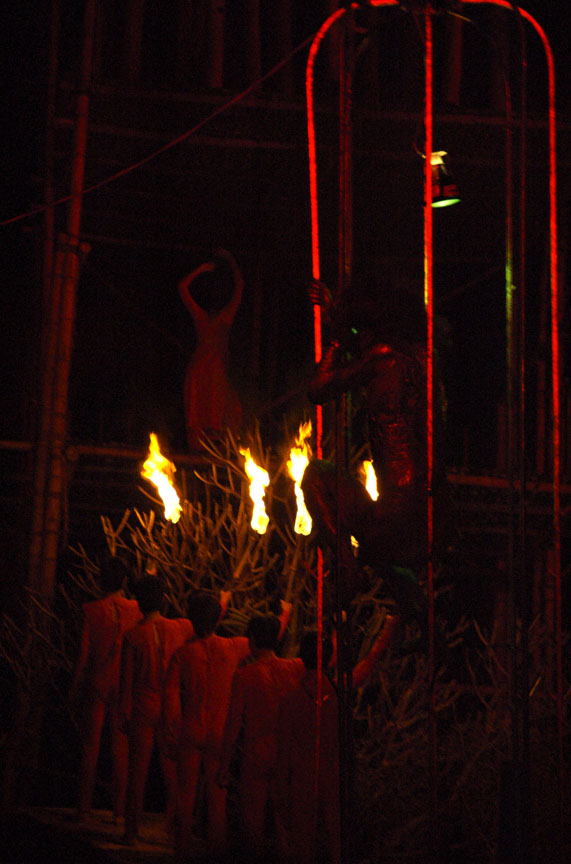
And that’s when something hit me from above, slamming into the side of my head. It was a noise as much as an impact, a ringing attack that muddled me. What the – ? Huh? Who – ? A hole opened up around me and two others: a woman frantically brushing her lips with both hands and Lan, who was clutching her neck.
“What happened?”
“It was a chicken!” a man next to me shouted in delight. “Look!”
He pointed at something waddling away through the crowd. I had been dive bombed by a descending chicken.
The sacrifices I make for art!
As people laughed at us, we trio of victims commiserated. Where had the chicken come from? Was the chicken part of the performance? Had someone thrown the chicken at us? The puppy had been in the show earlier, and I suddenly remembered seeing a tethered cow and a lost-looking duck at the perimeter of the first set.
I held my head, Lan massaged her neck, and the woman relentlessly brushed ghost feathers from her face. As much as my temple throbbed – it felt like an NFL quarterback had pegged me with a football – I suspected having a mouth full of live chicken was worse.
We looked to where Dao writhed, oblivious or perhaps just pretending.
The show ended shortly after that.
“Did you understand what was going on?” Ines asked.
“Not a clue,” I said. “You?”
“No.”
I had dinner with Lan, Ines, and their friends a couple more times – wine and fascinating conversation – though unfortunately I missed their invitation to a classical music event at the glorious Hanoi Opera House.
I made sure to eat some chicken at these dinners.
My last day in Hanoi, in my hotel room I leaned into the mirror and felt the side of my head to see if it was still sore. Painless. Instead I found I was getting increasingly bad roots. The tropical sun had lightened my hair considerably. The difference between the scalp and the ends was dramatic.
The second floor of the Lotus Guesthouse housed the Oz̩ Salon. I wandered in, wondering if I could afford to get my hair dyed. I showed the owner my roots, and she showed me the price sheet. It was going to cost a lot to dye my hair Рas much as it cost me to stay in the hotel for three nights. But it was still cheap by US standards.
I debated, fingering the price sheet, knowing I would be meeting my friends Katie and Amélie in Thailand the next day, knowing I would spend more money with vacationing friends.
And that’s when I saw a flier for Dao’s show sitting on a shelf.
“I did his makeup,” the salon owner told me. It had taken her two and a half hours to give him blue hair and a silver body.
Sold! I sat down in the chair, price be damned.
As she combed the bruise-purple dye through my hair from roots to tips, I told her I had been at the show.
“Oh? I didn’t see you there,” she said.
I considered locating myself at the event by the descending chicken but then decided against it.
It took much less than two and a half hours to dye my hair red – a plush red of fantasy raspberries that are never-ever to be eaten unless you want to be tormented by the bad witch – and blow it dry. (“Do you want Vietnam straight or New York straight?” she asked me. I chose New York.)
She gave me a mirror and spun the chair around so I could look at my hair from behind. I cooed at the color, and she spun me back.
“You look like Julia Roberts,” she said. She translated this sentiment into Vietnamese for her assistant, who lit up with recognition and gave me a big grin.
I’ve been getting the Julia Roberts thing since high school, but really, I only look like Julia Roberts if you were to subject her to a funhouse mirror or a car accident. Something grotesque and potentially maiming.
I guess if you covered me in silver paint and moved some of my ass to my lips, I might pass as the robot Julia.
Anyway, I wasn’t sorry I had the dye job. Because on my last day as a temporary Hanoian, my last day as a patron of the Vietnamese arts, I had great hair.

